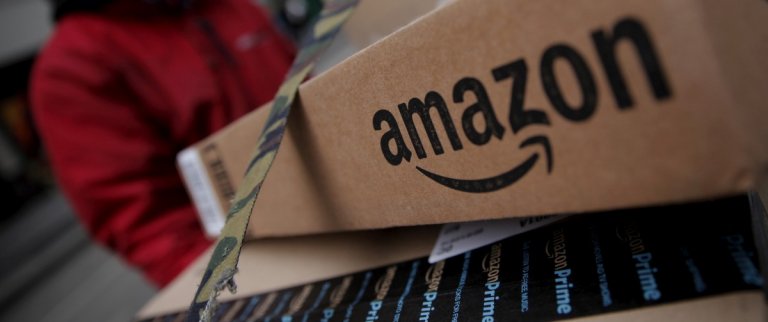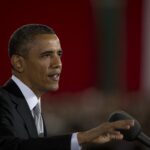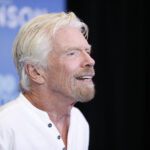
E-commerce giant Amazon received a 78 percent increase in the number successful H-1B visa application to bring skilled graduate immigrants into the US.
The Seattle-based company joins four other tech giants – Intel, Microsoft, Google, Facebook, Apple – in seeing their approved petitions for H-1B working visas from 2016 to 2017, Inc. reported.
In 2017, Amazon received 2,515 visa approvals, up from 1,416 the previous year.
Amazon is hiring more foreign H-1B workers than Google and Facebook combined
https://t.co/tnXdsz5A9X pic.twitter.com/xEo4meVmCO
— Márcio M. Silva (@marciojmsilva) April 25, 2018
The H-1B visa programme allows US companies to employ foreign graduates in specialty occupations – Silicon Valley fills many of its high-skilled engineering positions via this programme.
American companies also use these visas to hire graduate-level workers – Each year, 65,000 H-1B visas are allotted for workers with bachelor’s degrees while another 20,000 are available for those with master’s degrees or higher.
Despite restrictions by the Trump administration, the visa program remains hugely popular. Recently, the US Citizenship and Immigration Service announced it has reached its annual cap of 85,000 visas in just five days.
A US-based think-tank has argued that the 85,000 annual limit is not able to service the country’s economy.
As Amazon and the other tech giants saw big increases, the top seven Indian IT companies – including Tata Consultancy Services (TCS), Infosys, Wipro and Mindtree – experienced a 43 percent drop in their H-1B visa approvals between 2015 and 2017, according to data from the National Foundation for American Policy (NFAP).

In 2015, Tata Consultancy Services (TCS) received 4,674 H-1B approvals. This figure has more than halved in 2017, with only 2,312 visas approved.
NDTV reported that these companies received 14,792 H-1B visas in fiscal year 2015, a figure that has since declined to only 8,468 approved H-1B petitions in fiscal year 2017.
“It’s not surprising the annual limit on H-1B visas has been reach (sic) for 16 consecutive years, since it’s much too low for an economy the size of America’s and the limit was set in 1990 before the World Wide Web and smartphones greatly increased the demand for high-skilled technical labor,” said NFAP executive director Stuart Anderson, who was also ex-US president George W Bush’s head of policy at the Immigration and Naturalization Service.
https://twitter.com/a_moriarty/status/986672595054379009
The think-tank’s analysis added that “the decline in H-1B visas for Indian-based companies is due to industry trends toward digital services such as cloud computing and artificial intelligence, which require fewer workers, and a choice by companies to rely less on visas and to build up their domestic workforce in America”.
Restrictions on the popular visa program may cause more work to be performed outside the US, NFAP pointed out. It referred to the reduction of the annual limit in 2004, which followed the temporary increases of 1999 to 2003, which “did not increase the hiring of US-born professionals and limited hiring of the most highly skilled foreign nationals”.
NFAP said economists had discovered that “the reduced pool of H-1B workers available to for-profit firms did not lead firms to hire more Americans as there was no comparable response in the employment of native workers after 2004 in for-profit firms”.
Liked this? Then you’ll love these…
Which US city has the most high-skilled H-1B visa holders?
US govt fills annual cap of 85,000 H-1B visas in just five days







